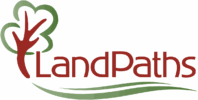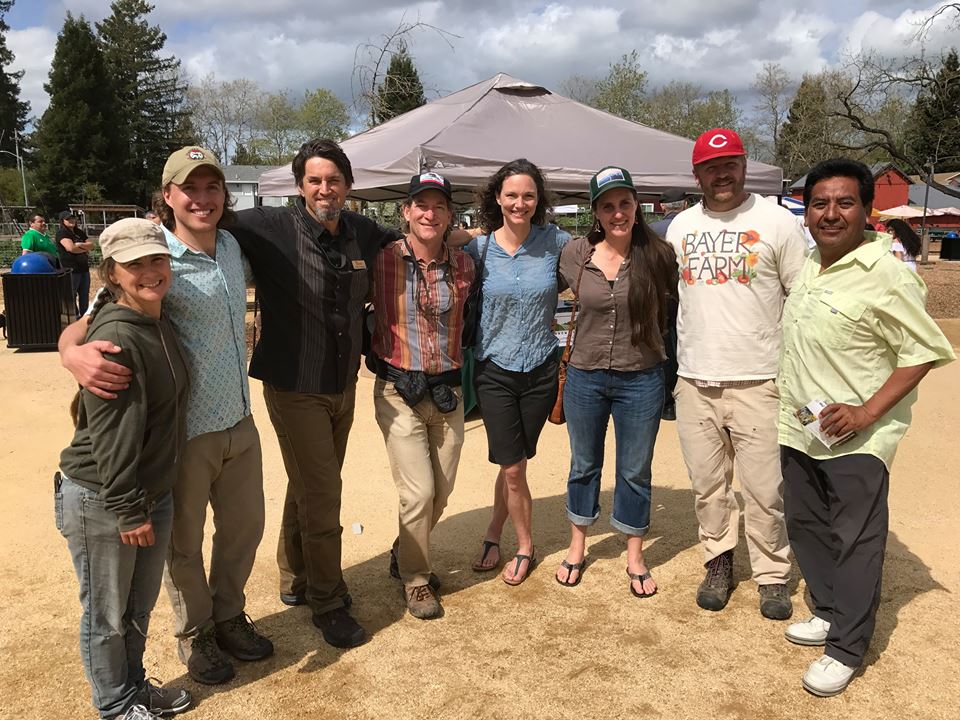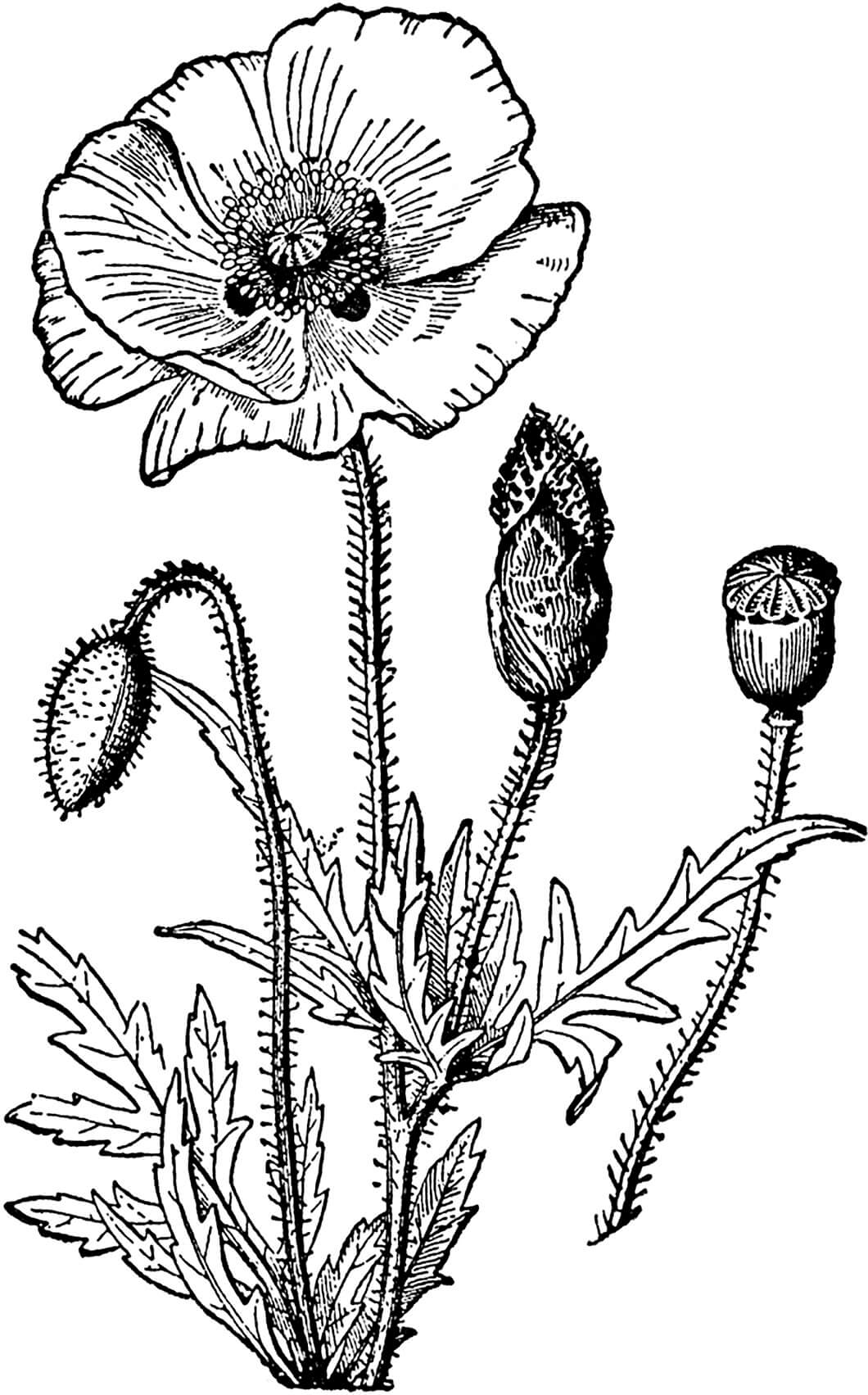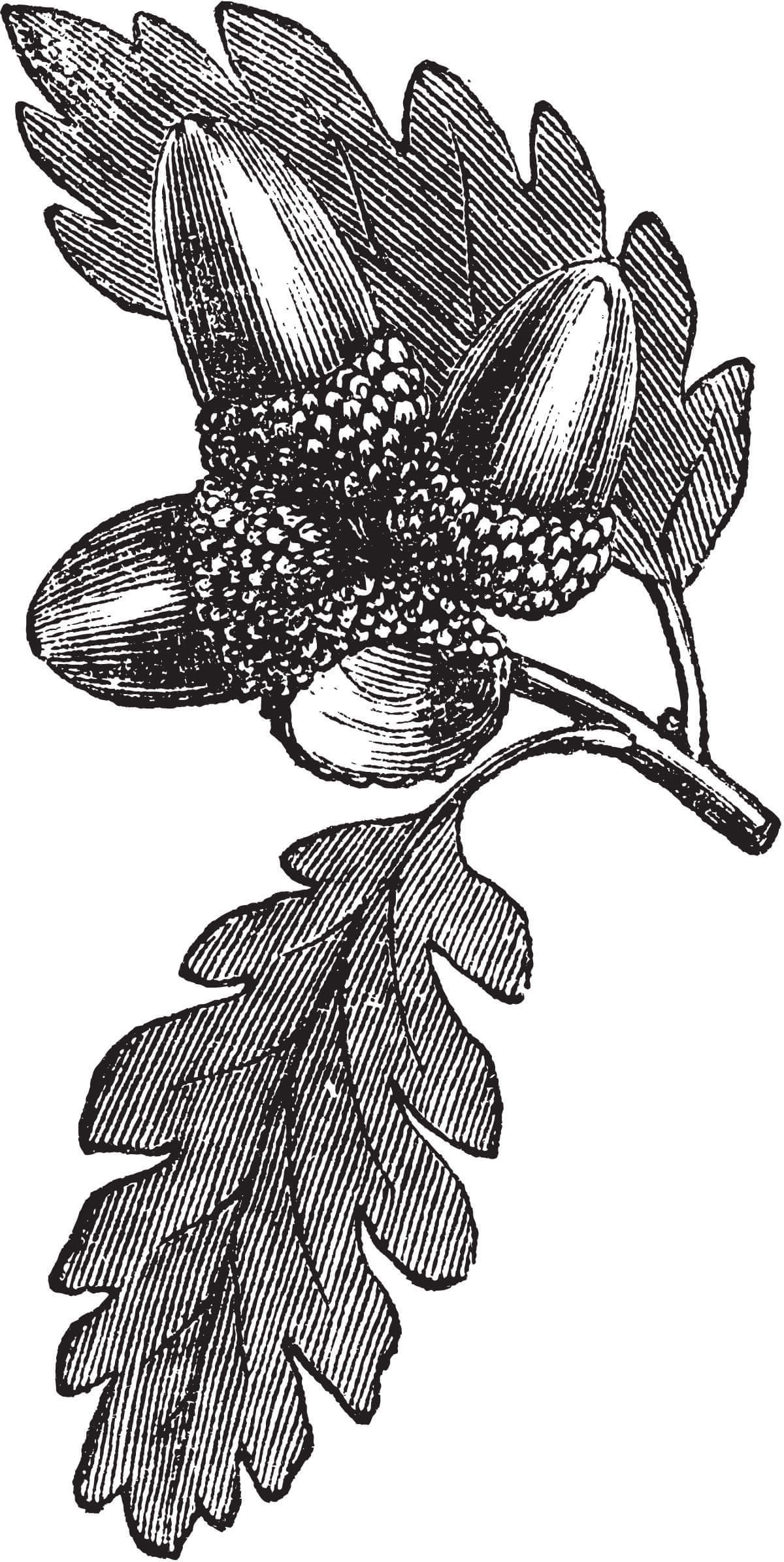LandPaths is a curative agent, allowing us to be our authentic selves, culturally, ecologically, and agriculturally.
How did it all start for you – when did you first get connected to LandPaths?
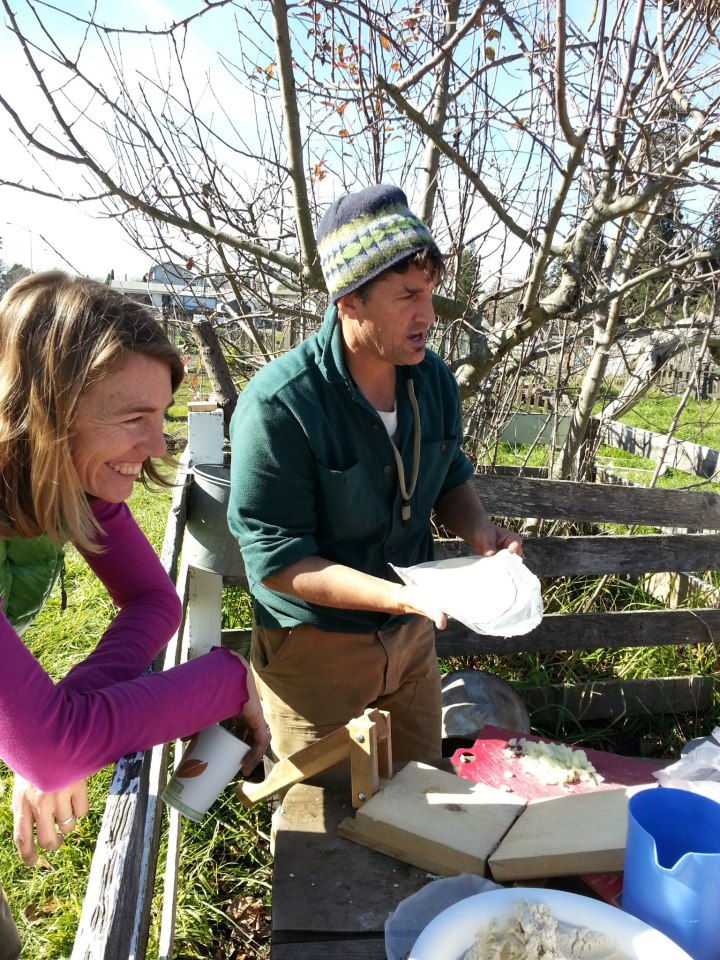
Before taking the job at LandPaths, I had been a kayak guide and a wilderness guide in the southern and high Sierra. I was living many days a year outdoors. I had no idea what an executive director was. I had no idea what a balance sheet or a profit and loss statement was.
LandPaths had been rolling for about six months before I entered the picture. I was just finishing my graduate degree in environmental policy and management at UC Berkeley. At the time, I had been experiencing a sort of numb burn-out. Conservation, at the time, was separated from people – we were holding ourselves apart from land. So I was really inspired by the idea of an organization whose purpose was at the confluence of nature and people.
I was drawn in part by the promise of a blank slate with a grand vision and wonderful intentions centered around nature, restoration, and people. LandPaths had three founders: Caryl Hart, Dee Swanhyser, and Sandra Perry. Caryl was the principal founder and board chair, and she felt I was the right candidate for the job of executive director. Without Caryl’s passion for the mission and the need for Land Partners Through Stewardship to be born, I wouldn’t have been here.
What were those early years at LandPaths like?
When I first started out, LandPaths operated out of a corner of my bedroom in a Santa Rosa upstairs apartment. All LandPaths had at that point was an old-fashioned fax machine that I pushed underneath my bed on weekends so I could have my room back.
Fairly early on, Caryl demanded that I go to a Rails-to-Trails Conservancy conference in San Diego. And there I met a young woman from New York, whose name is Lee Hackeling – my future wife! I’ve sure appreciated Caryl ever since. She came to our wedding, in fact! [Interviewer’s note – Lee has, of course, now been LandPaths’ Programs Director for 20 years!]
During those early years, we adopted a value to stop focusing on what we were against, and instead to be about ‘what are we for?’ We are for a healthy, beautiful community; a place with clear air and clean water; a place where you can find a farmstand on every other block; a place where people plant forage crops in urban and exurban areas for native pollinators and native birds. A place where kids have a chance to go outdoors for their school, where elders are listened to, and where people have time to be able to volunteer and take care of land together. And, as early as 2002, Lee and I were talking about how we wanted to create an organization that welcomes all people, not just those who have been traditionally served.
What was Sonoma County like 25 years ago in terms of conservation and environmental education, and what’s been LandPaths’ contribution and impact since then?
Twenty-five years ago, there were fewer opportunities for environmental education. Access to these programs was in no way equal or fair. I like to think that LandPaths’ In Our Own Backyard has helped institute a place in education for local kids. One based in repeat visits to the same open space, where students observe and take part in the natural history and stewardship of that place. Where they feel the place is theirs. That’s powerful.
And that holds true for public access too. When we started, there were not many – if any – free public outings to local, protected lands. And those that did exist were, again, not fair or equal.
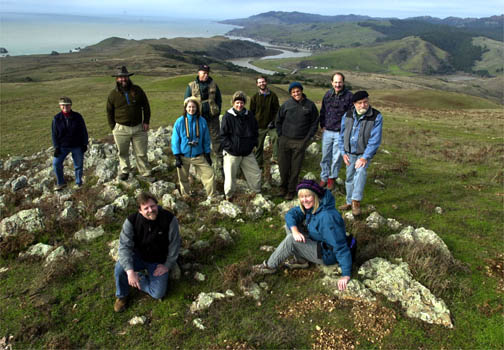
LandPaths was born, in part, because of financial challenges to the California State Parks system. Sonoma County, as of 1990, now had an Ag and Open Space District, so new parkland was being acquired in addition to agricultural and conservation easements. There was no park agency – regional or state – that could transition these lands with management and public access. LandPaths was born to solve this, to fill that gap.
Much has changed also because now we have a very empowered Sonoma County Regional Parks system under great leadership and support from the Board of Supervisors.
How has LandPaths changed in a quarter of a century?
LandPaths stands for Land Partners Through Stewardship. Partners is the second half of LandPaths – it’s about acting with the community and engaging the community as stewards and part of the land. Nature needs our curiosity and investment. In other words, you need to show up and give what you can and love this place. And it’s about making the table welcoming for all people.
It’s a work in progress, we’re still at it, and it isn’t easy.
Early on, we worked to diversify our offerings and our staff. There’s a lot more to it than translating your materials into a language beyond English. It’s about an upstream investment, encouraging, listening, not being the expert, being approachable. One of the most important things we’ve done is stick to the idea that nature and open spaces are for all people.
We started Bayer Farm in Southwest Santa Rosa in 2007 after recognizing some years back that we needed to change to be more relevant in that community. We leaned heavily not only into providing the wilderness experiences we were known for thus far, but now also towards providing a means for people to grow food in their own neighborhood and backyards. This also provided opportunities for kids and families to be outdoors at Bayer when the year before they hadn’t had access to any nearby open space or parks.
How has being part of LandPaths impacted your life?
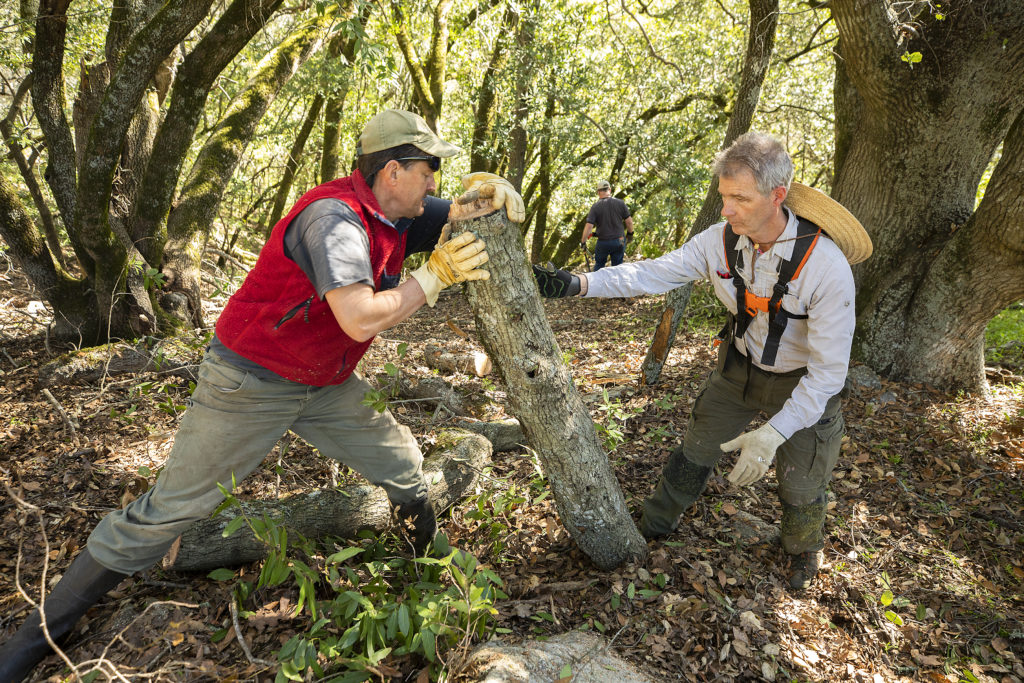
It’s allowed Lee and I to be rooted into a single job and a single community institution for almost a quarter of a century. I really resonate with our work – it’s built around my and my family’s values. It’s one of a number of means for us to come into harmony and balance with our landscape, food sources, flora and fauna natives, and soil. LandPaths is a curative agent, allowing us to be our authentic selves, culturally, ecologically, and agriculturally.
What is your wish for the future of LandPaths and Sonoma County?
My wish is that we continue to create accessible and welcoming nature preserves, close enough for people to walk to or ride their bike or take public transit. Places where people feel as though they belong and they have the means, the need, and the impulse to maintain and sustain: A community where relationship with place is essential to the collective health of the land and the people.
We need everyone to participate that can, whether it’s through their work, dollars, time, or their passion. I also wish that as a community we end up having more local food available and that local agriculture is sustained in not just wine, but food and protein.
Success looks like all young people having significant, life-changing opportunities to spend time outdoors, learning about natural history, and feeling a sense of belonging with their fellow students, teachers, caregivers, and community.
